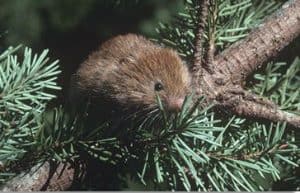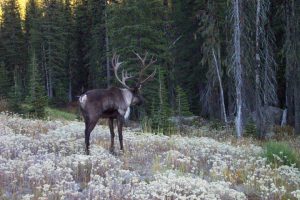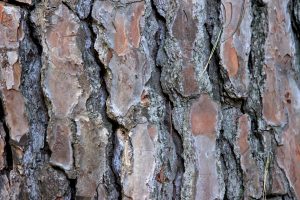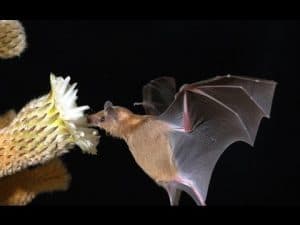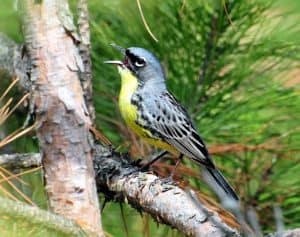The U. S. Fish and Wildlife Service has proposed listing the coastal (Humboldt) marten, found in older forests in California and Oregon, as a threatened species.
“Martens are vulnerable to predation and increased competition in habitats that have been subject to either high–moderate severity fires or intensive logging in the last 40 years because both of these events remove the structural characteristics of the landscape that provide escape cover and are important to marten viability (canopy cover, shrub cover, etc.). These older forests have declined substantially from historical amounts…”
As a threatened species, the prohibitions in ESA against incidental take (§9) would not apply, but the FWS usually applies them using a special §4(d) regulation, which it is doing here. As is also common, they carve out exceptions to the prohibitions where take of the marten would be allowed; two of which would be relevant to national forest management:
(1) Forestry management activities for the purposes of reducing the risk or severity of wildfire, such as fuels reduction projects, fire breaks, and wildfire firefighting activities.
(3) Forestry management activities consistent with the conservation needs of the coastal marten. These include activities consistent with formal approved conservation plans or strategies, such as Federal or State plans and documents that include coastal marten conservation prescriptions or compliance, and for which the Service has determined that meeting such plans or strategies, or portions thereof, would be consistent with this proposed rule.
Here is the rationale:
“Although these management activities may result in some minimal level of harm or temporary disturbance to the coastal marten, overall, these activities benefit the subspecies by contributing to conservation and recovery. With adherence to the limitations described in the preceding paragraphs, these activities will have a net beneficial effect on the species by encouraging active forest management that creates and maintains the complex tree and shrub conditions needed to support the persistence of marten populations, which is essential to the species’ long-term viability and conservation.”
What this means is that forestry management activities that are not for the purpose of limiting fire or not consistent with the species’ needs would violate ESA if they harm any martens (unless they obtain an incidental take permit).
Regarding (1), I would ask whether all it takes to comply is for a project to say that it is for this purpose, or considering some of the discussions on this blog, does there have to be scientific support for the idea that a particular practice would actually have the intended effect.
Regarding (3), there is obviously a role for forest plans to include coastal marten conservation prescriptions. Presumably, plan components to create and maintain complex tree and shrub conditions for martens would be consistent with the NFMA requirement to provide ecological integrity and conditions needed for viability of at-risk species. What I haven’t seen before is a process by which the FWS reviews a forest plan for consistency with §4(d) criteria for a threatened species.
There could be future challenges to projects for violation of §9 because they do not meet these criteria. The Center for Biological Diversity believes that “industrial logging” could meet these criteria and continue to occur in marten habitat. At least (1) seems like it could be an exception that swallows the rule. If it were dropped for fuel reduction projects, they could still occur if consistent with marten conservation under (3).

